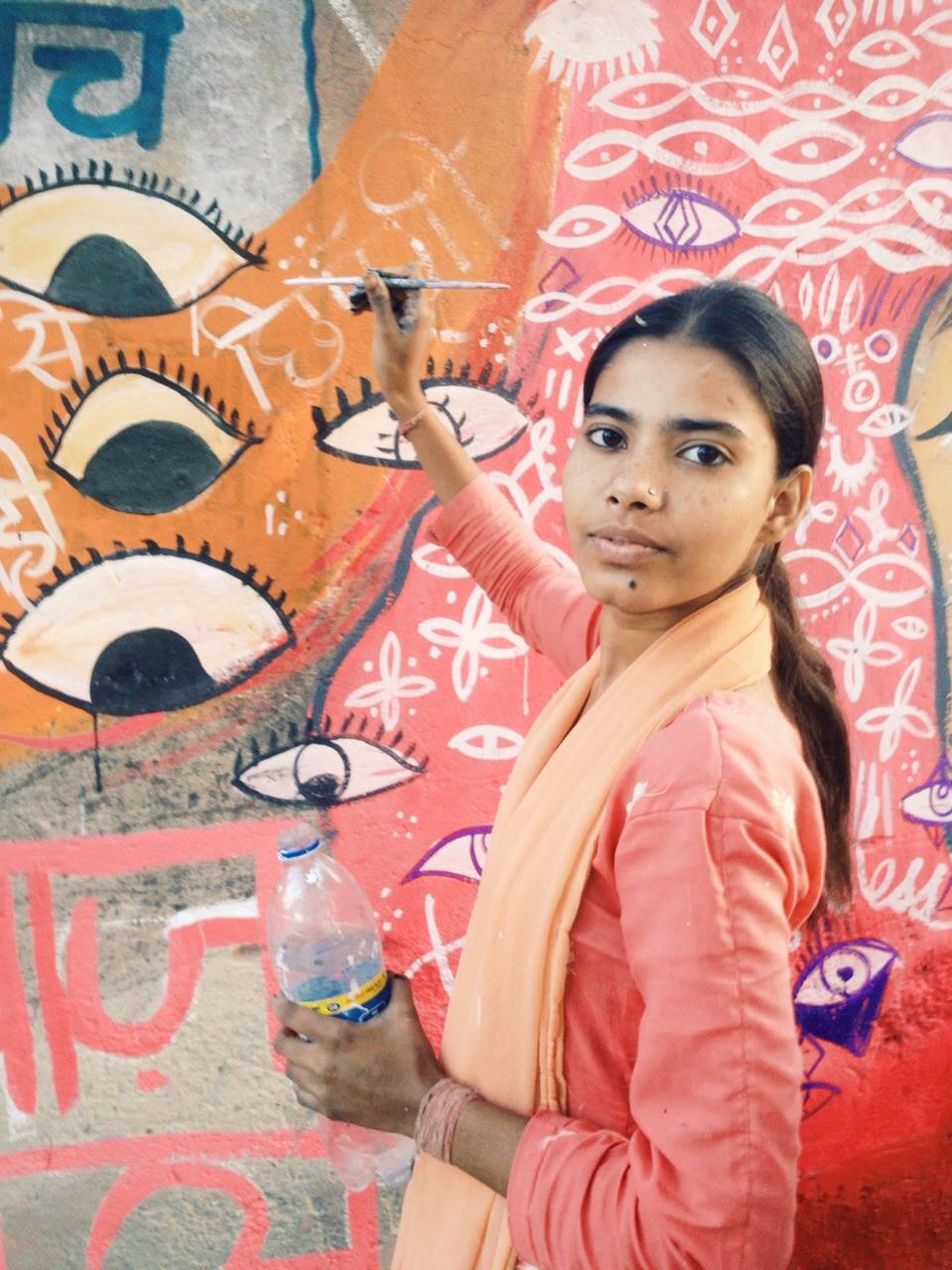Crowdsourced data for Gender Equality
May 28, 2019
Story


Last April, a survey of 300 women commuters on the Paris metro system found that every one of them experienced some form of sexual harassment or assault while travelling on the massive transport system. The High Council on Equality, the government agency that conducted the study, urged the French government to address this alarming finding and is now embarking on a nationwide campaign to "define and measure" gender harassment in public spaces.
But French women are hardly the only victims of this degrading and underreported intimidation. Every day, women worldwide must deal with unwanted stares and inappropriate language — in broad daylight, as they carry out their daily routines — that makes them fear for their safety, but often falls short of being a punishable crime.
Whether it is a man on a crowded street commenting on your body or being stared at and followed on a poorly lit street, this kind of harassment happens everywhere — from the streets of India, where I live and deal with this harassment on a regular basis, to the streets of New York City.
For a long time, quantifying this problem has been nearly impossible, especially in places that don’t have the resources to conduct expensive surveys or lengthy studies. But more recently, the unique power of crowdsourcing — the sharing of information by a large group of people via mobile phones, apps and social media — has emerged as an effective way to allow anyone to share their experiences and to help researchers collect data and draw attention to this long-simmering problem plaguing women and girls.
As the cofounder of Safecity, a crowdmap for women in in India that enables them to report incidents of sexual harassment anonymously, I have seen this firsthand. In over three years, more than 10,000 people from all corners of India — from the high-rises of Mumbai to the beaches of Goa and the backwaters of Kerala — have shared their personal experiences on the crowdmap.
In some cases, the stories shared occurred as long ago as a decade, reminding us of the deep and lasting impact of this abuse. Many users report that they shape their everyday lives around avoiding unwanted attention from men in public spaces. They return home before dark, wear loose clothing or even opt out of extracurricular activities at school or college for fear of being assaulted.
In addition to raising awareness, the data can also lead to concrete solutions. Men would loiter at a tea stall and intimidate women with their constant stares in a section of Lal Kuan in Delhi. The women and girls did not feel comfortable confronting the men directly about it, but once they documented that many women and girls felt this way, they came up with a creative response. Through large wall murals with “Staring eyes” they were able to pass on the message that the looks were unwanted.
This has also led to policy changes. Toilets in one neighborhood were locked by the municipal authorities. When it was discovered that half of the women who had to use nearby bushes instead of the locked toilets were assaulted, municipal authorities not only opened the toilets, but also maintain and clean them.
This sort of data tells that that what we consider low-level harassment is often reflective of a much bigger problem. Measuring this type of harassment is the only way to capture the scope of this long-ignored problem. As long as harassment remains underreported and invisible, the harmful status quo of dismissing it as “minor” and expecting women and girls to just “deal with it” will persist. Measuring harassment empowers us to find “hotspots” where this behavior is prevalent, to shed light on the causes and develop solutions.
Crowdsourcing isn’t a replacement for other approaches to track sexual violence, be it surveys or focus groups which can identify harassment of those without the tools to report in real-time, but crowdsource mapping provides the most powerful way for everyday citizens to localize, visualize and aggregate data in a way that authorities can’t ignore. For example, a program called Ushahidi, which was formed to track post-election violence in Kenya, gave authorities and media information that they could not ignore and showed that “official statistics” of deaths and violence were grossly underrepresenting the reality on the ground. The information eventually helped lead to three government officials being charged with crimes against humanity.
In addition to Safecity, there are efforts like Safetipin that lets people document their feelings of safety as they navigate through their day and a yelp-like app based on a map that rates public venues based on the safety level for women and girls. Such information-rich tools connect like-minded people who can immediately collaborate, create debate about the role that government and authorities should play in solving the problem of harassment.
Sexual harassment and assault are problems that have plagued women throughout history and across cultures, but we have new tools in this struggle to create a safer world for women. We need to use these tools to bring together our individual experiences and voices to understand and track the problem and develop solutions that will change individual behaviors and how we, as a society, view the treatment of women.
ElsaMarie D’Silvais the Managing Director & Co-Founder ofSafecitythat crowdmaps sexual harassment in public spaces, and is a 2015 Aspen New Voices Fellow. You can follow her on twitter @elsamariedsilva. This article first appeared in the WIP




